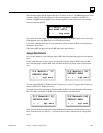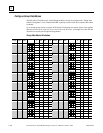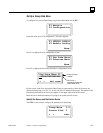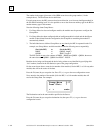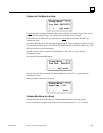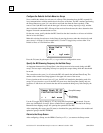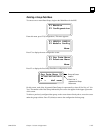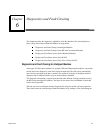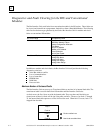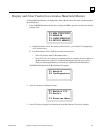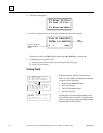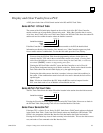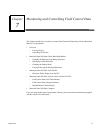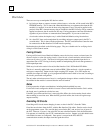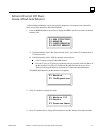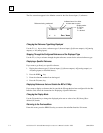
6-2 Field Control™ Genius® Bus Interface Unit User’s Manual
–
October 1999 GFK-0825F
6
Diagnostics and Fault Clearing for the BIU and Conventional
Modules
The Bus Interface Unit reads faults from conventional modules in the I/O station. These faults can
be viewed, and cleared from a programmer fault table or from a Hand-held Monitor. The following
table lists the fault messages generated by the Genius Bus Interface Unit for module and circuit
faults on conventional I/O modules.
BIU Level Faults Corrupted EEPROM
Module Level Faults Unsupported Feature
Calibration Memory Failure
System Configuration Mismatch
Fuse Blown
Loss of I/O Module
Addition of I/O Module
Extra I/O Module
Loss of User Power
Circuit Level Faults Analog Open Wire
Analog High Alarm
Analog Low Alarm
Analog Over Range
Analog Under Range
In addition to module and circuit faults, the Bus Interface Unit itself provides the following
diagnostics to the host:
Serial Bus Address conflict
Loss of communications
Loss of controllers
EPROM fault
RAM fault
Processor fault
Maximum Number of Uncleared Faults
The Bus Interface Unit can store up to 32 uncleared faults at one time in its internal fault table. The
same internal table is used for faults from I/O modules and Bus Interface Unit faults.
As faults occur, the first 16 are saved in the internal table. They stay there until the faults are
cleared; none of these 16 faults will be lost if the table overflows. However, for faults 17 through
32, the internal fault table operates as a First-In-First-Out stack. When fault 33 occurs, fault 17 is
dropped from the table.
Fault 1
Fault 16
.
.
Fault 17
Fault 32
Faults overflow here
New faults are added here



